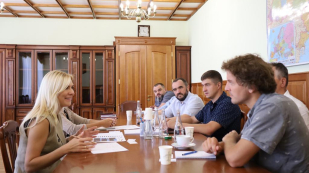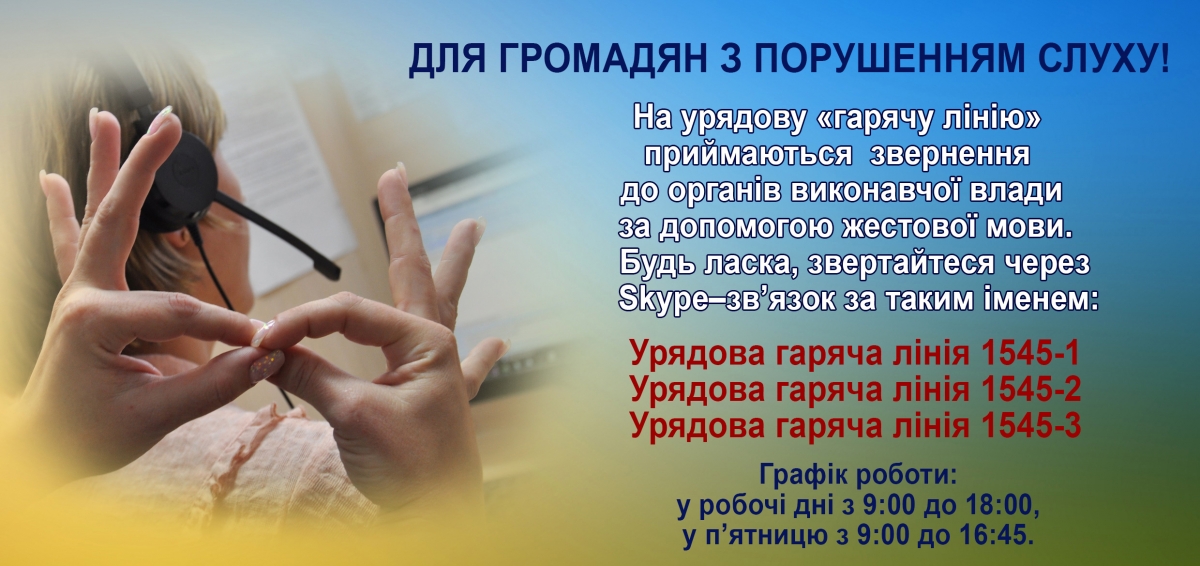Energy efficiency in life

Each of us can make the everyday life more comfortable and to improve level of life if one tries to be energy saving. It is much easier and less costly to safe heat and electricity rather than to suffer from draughts, humidity and cold in his/her own flat or house and to pay high bills for wasted resources.

- Safe water. Turn off taps if you do not use water. When you leave cut off hot and cold water.
- Take care of sanitary ware and timely repair it. Remember that dripping tap loses 60 litres of water per day or 1800-1860 litres per month.
- Install hot and cold meters – take care of water consumption volumes.
- Install thermostatic mixer taps. Quick regulation of hot and cold water supply will relieve from a continuous adjustment of temperature and excess consumption of water.
- Install electronic mixer taps – water runs only when hands are brought to the tap.
- Use bowl to wash dishes in the kitchen. Do not defrost food products in the sheet of water.
- Turn off tap when shaving and brushing teeth.
- Take shower instead of bath.
- Economically heat water by means of electric boiler.
- Consider new technologies of energy, in particular, the solar system of hot water supply – it will be repaid from the first day of work.

- Buy energy saving household appliances. Appliances with the lowest level of energy consumption are labelled with letters “А” or “А+”. Thus, for instance, a fridge of class “А” or “А+” consumes by 30 – 50% less electricity of the total electricity consumption compared to a fridge of class “В”.
- Switch off all electrical appliances, which are not in use. Do not leave them in a sleep mode.
- Do not charge electrical appliances longer than it is needed for full charge of a battery.
- Find a possibility to install the automatic breakers of TV, computer and notebook.

- Try to use steam cooker – you can cook simultaneously several dishes using one source of heat.
- Use energy saving kettles. Regularly clean kettle from deposit that forces to use more heat to boil the same volume of water.
- Use electrical toaster – you will be able to make toasts quicker and more economically.
- Deep fryers are more safe and economic rather than to cook using stove.
- Try to use pressure cooker – it cooks quicker due to higher temperatures and pressure inside the cooker.
- Grilling accelerates the process of cooking and preserves usefulness of food products.
- Do not put small frying pan on large burner – it results in loss of energy and waste of money.
- Cover the stew pan with cap when cooking – it will save the time for cooking.
- Use internal ring of burner if you have double burners on the stove – the dish will be cooked with the same speed but with less energy consumption.
- Use the whole space of your stove – you will be able to cook that you will need just to heat up.
- Induction stoves are more efficient, easier cleaned up and controlled.
- Keep glass of your kitchen oven clean – it will allow you to control the level of dish readiness without opening doors and accordingly keep the valuable heat in the oven. Use microwave ovens – they function quickly, efficiently and economically.

- Keep the back wall of refrigerator and freezer clean.
- Do not overload refrigerator – cold air should circulate and overloading will prevent it. Thus leave a quarter of space in refrigerator free.
- Tightly close doors of refrigerator and freezer.
- Place refrigerator away from a stove, heaters and direct sunbeams.
- Maintain in refrigerator an optimal temperature of 0-5°C.
- Cool hot food before you put it into refrigerator. Hot food products force refrigerator to function more intensive.
- Regularly defrost freezer.

- Use energy efficient bulbs.
- Install fluorescent bulbs in the kitchen – they function longer.
- Switch off the light when leaving a room.
- Equip lamps in porch and on flights of stairs with movement sensors – it will allow to use such lamps only in case of need.

- Install thermostatic valve on your heater and you will be able to regulate an amount of heat carrier you consume.
- Use heating system named “warm floor”. Do not use heating appliances when you out of premises.
- Choose dimensions of heating appliance in accordance with dimensions of your room.
- Do not cover the heating appliances with clothes or furniture – it makes them less efficient.
- Annually check your heating system – make sure it functions efficiently.
- Replace obsolete equipment – gas-fired water heaters lose their efficiency after 15 years of operation. When replacing boiler you have to replace the whole control system as well.

- Make your own housing warmer – heat a house but not an ambient space.
- Heat attic – houses loose a quarter of their heat through the roof. Use insulation materials. Depth of insulation of attic premises should be at least 25 cm.
- Heat cavity walls – buildings loose one third of heat through walls. Only several hours is required to install heat insulation of cavity walls. In addition it is easier to do it from an external side of the building. If your walls are solid they also could be insulated. Use spray insulator for hard to get places, for instance, places of hot water pipes inlet and outlet, it will allow you to protect them from cooling. 33 % of heat is lost through walls, which are improperly insulated. Use extruded polystyrene foam or its modern analogues. Comfortable and thick carpet will make a cosy atmosphere and decrease heat losses through floor.
- Insulate windows - about 20% of total heat losses are caused by untight doors and windows. Windows with double or triple glazing will ensure reliable protection from draughts and decrease heat losses up to 50%. Install new windows at one level with external wall of the building – it will allow to removing “cold bridges”. Use insulating tape for old windows. Closed curtains will keep heat inside the building. Prevent draughts!
- Install heat reflecting screens – wall behind the heater can get warm up to 50 0С. It does not make sense to use so much heat to warm brick or concrete slabs especially when it is cold inside the house. Mount on the wall behind heater the heat reflecting screen of foil sheet, which will reflect heat into the room and improve efficiency of room heating.
- Initiate installation of heat meter for each consumer – it will enable to see a result of your energy saving efforts.
- Think about modernization of ventilation system. Recovery of heat coming out of the ventilation system and returning back to the room is a real way of economy.
- The doors outside from the building or flat should be insulated from draughts and outflows of heat.
Examples of actions related to energy resources economy in everyday life
-
Accounting of energy resources consumption
Calculations of actually consumed water according to the installed meters of cold and hot water at a price of UAH 100-250 and payback period of 1-2 years are, in average, in 2-3 times lower than the set norms.
Calculations of consumed thermal energy according to the installed heat meters at a price of UAH 3000 and payback period of 1-2 years are, in average, 30-40 % lower than the set norms.
Calculations of consumed natural gas according to flat meter at a price of UAH 300 - 2500 are in 2-3 times lower than the set norms. -
Electricity saving to illuminate premises
Usage of energy saving lamps to illuminate at a price of UAH 15-20 allows to consuming electricity in 5 times less than that using the incandescent lamps. The period of operation of energy saving lamps is 8-12 times longer. -
Decrease of losses through building envelopes
Insulation of walls, foundations, roofs, attics, basements with such materials as polystyrene foam, extruded polystyrene, mineral wool plates, basalt slabs, and energy saving paints allows to increasing temperature in premises, decreasing consumption of energy resources for heating. -
Decrease of heat losses through windows
Installation of metal-plastic windows with double-glazing having solar and low emission I-glass at a price of UAH 800-1500 per 1 m2 decreases costs for heating and increases temperature in premises. - Installation of individual (modular) heat points with regulation of amount of hear carrier, which is supplied into the building depending on ambient temperature and allowable temperature in premises at night hours and in weekends allows to decrease thermal energy consumption by 30-35 %.
















